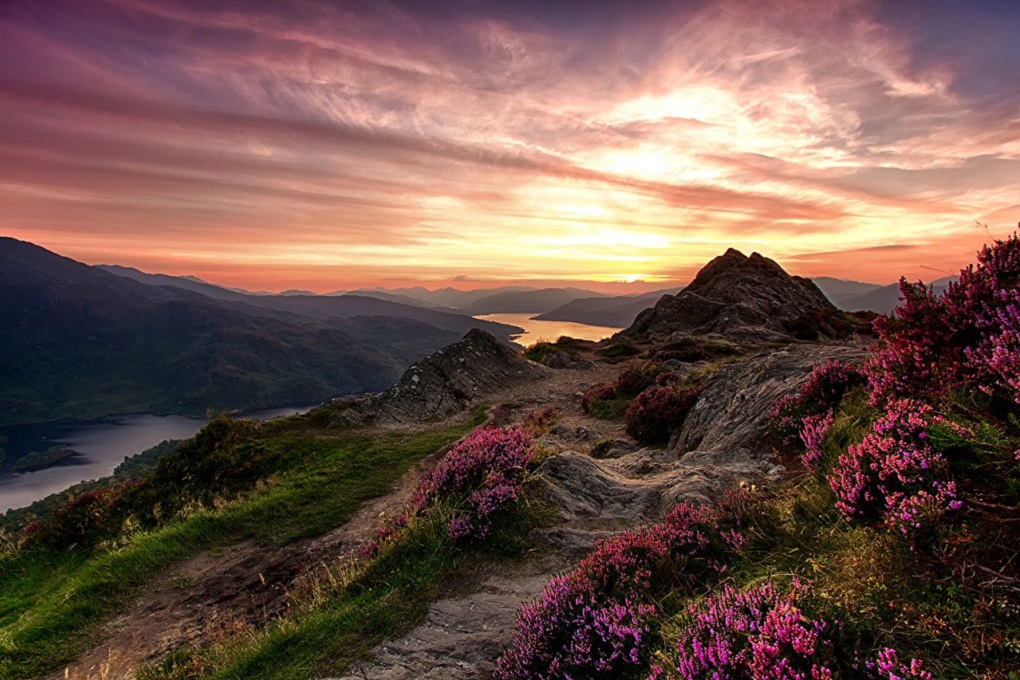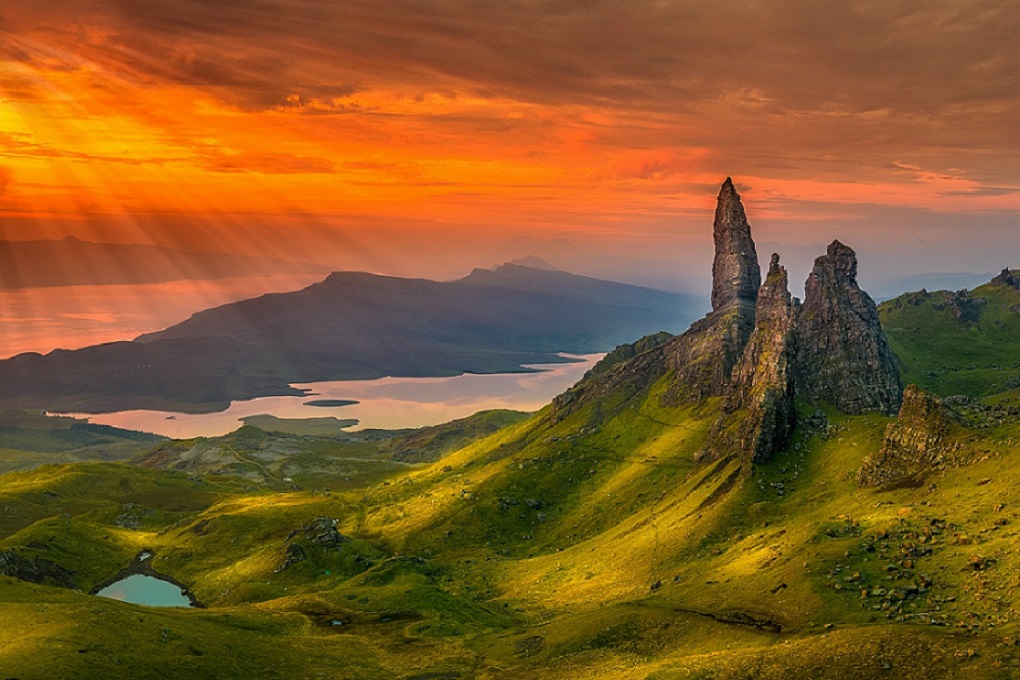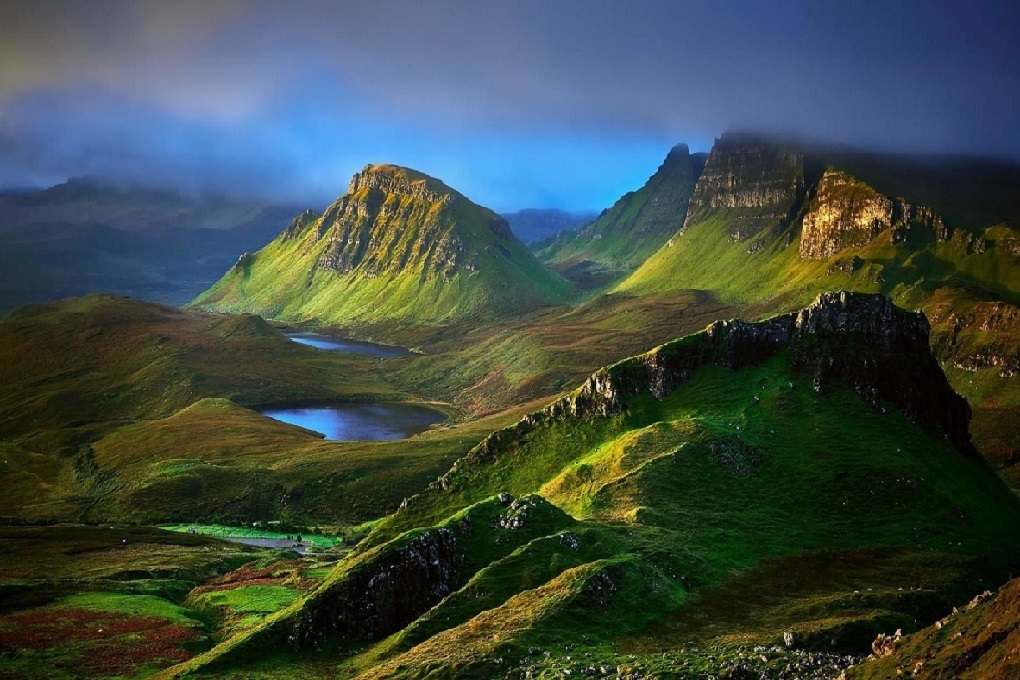Wee History of the Scottish Highlands
The Highlands is also called the Gaidhealtachd which means “the place of speaking Gaelic”. The term Highlands is also used to describe the area above the Highland Boundary Fault. The Great Glen divides the Grampian Mountains from the Northwest Highlands. This area is the most sparsely populated place in Europe with less than 1/7th of Scotland’s’ 6 million persons population. Mountain ranges dominate the region including the highest mountain in the British Isles, Ben Nevis. The Highlands is the only area in the British Isles to have the Caledonian Forest which is a “taiga biome”, post-glacial, wilderness that arrived in 7000 BC.
Historically, the major social unit of the Highlands was the clan which in Gaelic means “Children”. Its members claimed kinship from the common ancestor whose name they bore, and even the poorest clansman considered themselves of nobler birth than any southerner. The chief of the clan was both a gentleman and a barbarian. He held his territory by consent of the clan whose members were his tenants, and they gave their loyalty to the chief. The clans were distinguished by the badges in their bonnets. The MacDonald’s wore a sprig of heather, the Grants fur, and the Macintoshes wore holly.
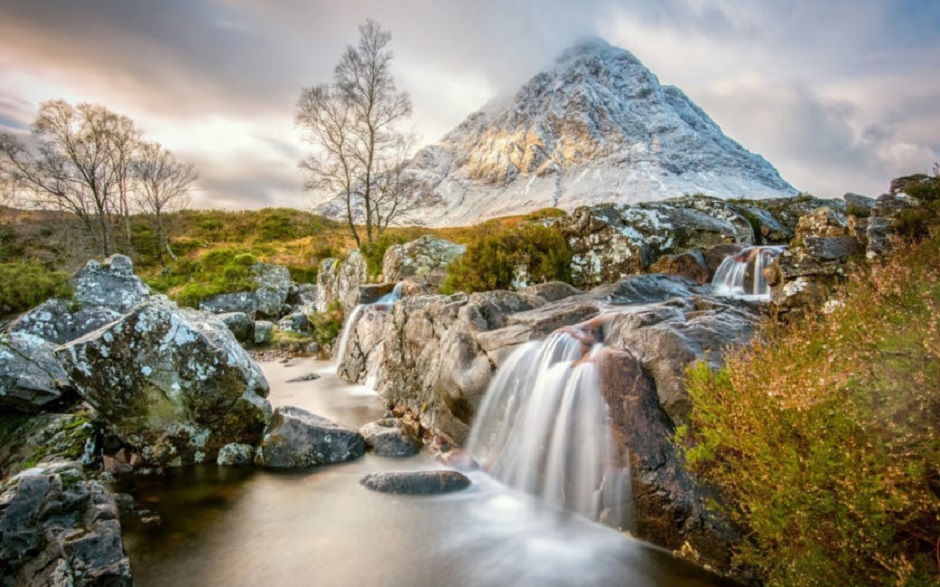
For centuries the sovereign had no authority in the Highlands, and therefore, safe in their mountain fortresses, the clans escaped retribution. This kind of independence led to clan feuds and the consequences were often tragic. Stories abound of jealousies, atrocities, and endless raiding of cattle, goods, and women! The clan system was the basis of highland life. Massacres were commonplace as at Glen Coe where 37 clansmen were murdered by another Highland clan.
Scottish kings, particularly James VI, saw clans as a challenge to their authority; the Highlands was seen as a lawless region.
Scottish Pride Quote, “Scottish by birth, British by law, Highlander by the grace of God.”
Following the “Union of the Crowns”, James VI had the military strength to back up any attempts to impose some control. The result was, in 1609 King James VI tricked the 9 Highland Clan Chiefs (see the 9 regions below) to board a navy vessel, kidnapped them and sent them to the island of Iona, and did not release them until they signed the “Statutes of Iona” agreeing to separate from the Lowlands until they gave up Gaelic. Furthermore, their Gaelic speaking sons must travel to the Lowlands to learn to the read, write and speak English to integrate clan leaders into Scottish society.
The gradual changes continued into the 19th century, as clan chiefs thought of themselves less as patriarchal leaders of their people and more as commercial landlords. The first effect on the clansmen who were their tenants was the change to rents being payable in money rather than in kind. Later, rents were increased as Highland landowners sought to increase their income. This was followed, mostly in the period 1760–1850, by agricultural improvement that often involved “Clearances” of the population to make way for large scale sheep farms.
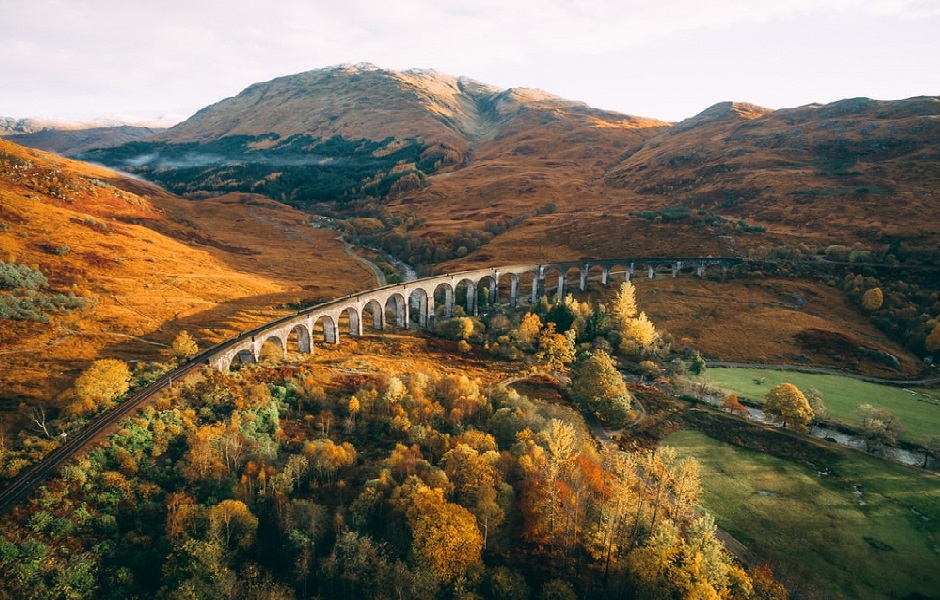
Displaced tenants were set up in crofting communities in the process. The crofts were intended not to provide all the needs of their occupiers; they were expected to work in other industries such as kelping and fishing. Crofters came to rely substantially on seasonal migrant work, particularly in the Lowlands. This gave impetus to the learning of English, which was seen by many rural Gaelic speakers to be the essential “language of work”.
The clan system mostly died after the Jacobite risings because the British government banned the bearing of arms and the wearing of tartan, and limitations religion. Most laws were repealed by the end of the 18th century as the Jacobite threat subsided. There was soon a rehabilitation of Highland culture. Tartan was adopted for Highland regiments in the British Army, which poor Highlanders joined in large numbers in the era of the Revolutionary and Napoleonic Wars (1790–1815). Tartan had largely been abandoned by the ordinary people of the region, but in the 1820s, tartan and the kilt were adopted by members of the social elite, not just in Scotland, but across Europe. The international craze for tartan, and for idealizing a romanticized Highlands, was set off by the Ossian cycle, and further popularized by the works of Walter Scott. His “staging” of the visit of King George IV to Scotland in 1822 and the king’s wearing of tartan resulted in a massive upsurge in demand for kilts and tartans that could not be met by the Scottish woolen industry. Individual clan tartans were largely designated in this period and they became a major symbol of Scottish identity. This “Highlandism,” by which all of Scotland was identified with the culture of the Highlands, was cemented by Queen Victoria’s interest in the country, her adoption of Balmoral as a major royal retreat, and her interest in “tartenry”.
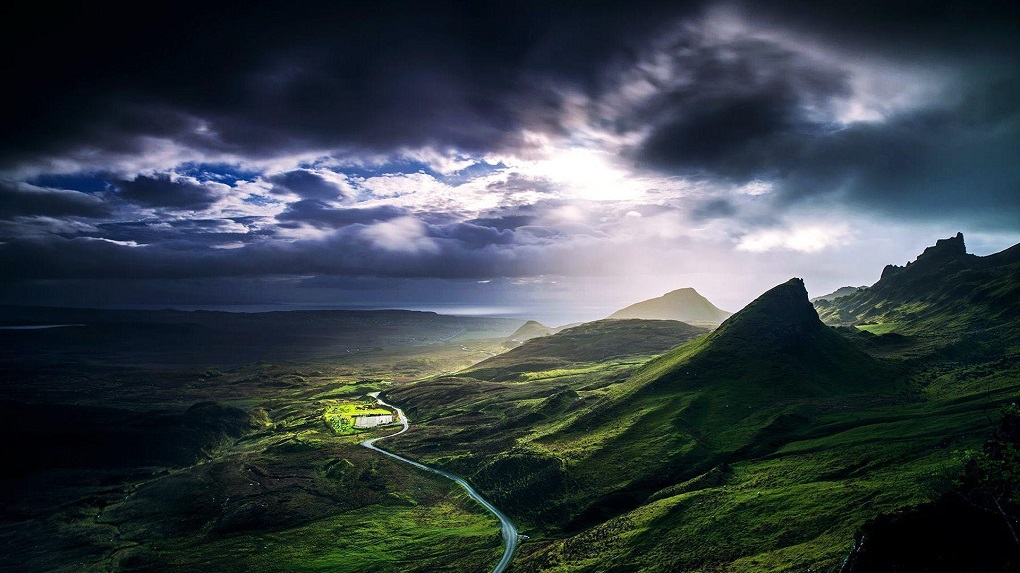
Culturally, the Highlands including 900+ offshore islands and the Lowlands diverged in the Middle Ages (1616-1745) when Lowland Scots were forced by the Crown to replace Gaelic with English. These are the 9 Highland Island Regions – Argyll, Inverness, Caithness, Nairn, Orkney, Shetland, Ross, Cromarty, and Sutherland.
Article Credit: Historic UK & Wikipedia
Photo Credit – Wallpaper Tip
Photo Credit – Wallup.net
Photo Credit – Wallpaper Access
Photo Credit – WallpaperB
Photo Credit – Unsplash
Photo Credit – Wallpaper Access


